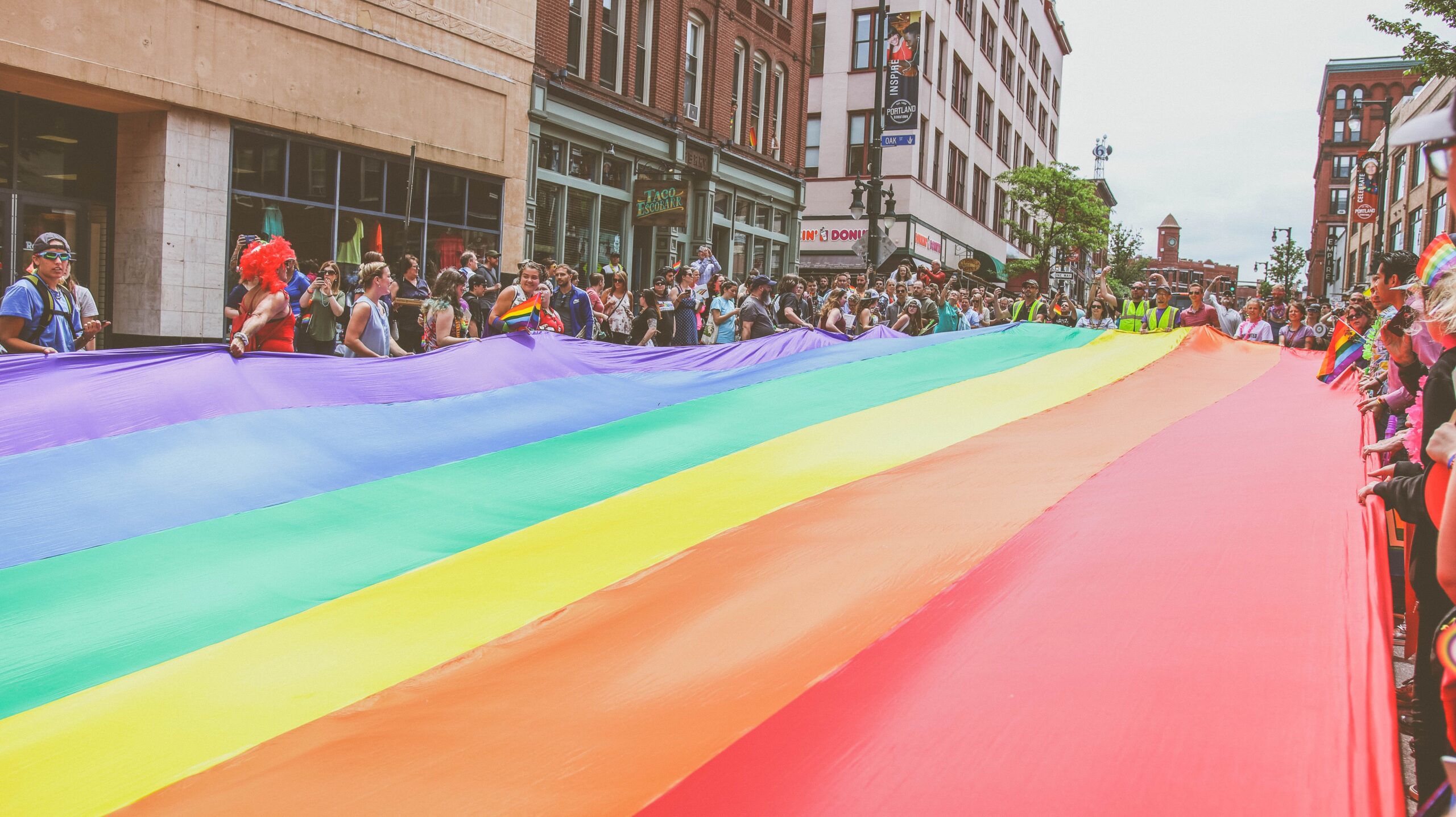By VLADISLAV INOZEMTSEV*
A few weeks ago, Mikhail Gorbachev – the last leader of the Soviet Union and the man who did more than anyone to end the Cold War – told the German newspaper Bild that it is possible “to recognize all the features of a new cold war in today’s world.” The United States “has already dragged” Russia into it, Gorbachev has said, in an effort “to realize its general triumphalist idea.”
But is the current antagonism between the US and Russia really “new”? And is it credible to place the blame overwhelmingly on the US, as Gorbachev and certainly the Kremlin are inclined to do? To answer these questions, we must look to history – beginning long before Winston Churchill’s “Iron Curtain Speech” in 1946.
In fact, the adversarial relationship between Russia and the West began over a century before the Cold War. Back in the 1820s, Russia emerged not only as the principal victor in the Napoleonic wars, but also as the most conservative – or, more accurately, reactionary – force in Europe. Under Czars Alexander I and Nicholas I, it stood ready to counter any sign of a renewal of the “revolutionary plague” infecting the continent’s monarchies.
By 1830, the rift between the “Holy Alliance” countries (Russia, Prussia, and Austria) and the rest of Europe was deep. And, when Russia suppressed two “color” revolutions – the Polish revolt of 1830-1831 and the Hungarian revolution of 1848-1849 – it became even deeper. Both interventions incited a massive surge in anti-Russian sentiment across the continent.
To strengthen Russia’s position, Nicholas I looked to the Orthodox populations in the Balkans and the Ottoman Empire, with his naval minister, Alexander Menshikov, demanding in 1853 that Russia be named an official protector of the Ottoman Empire’s 12 million Orthodox citizens. When the demand was rejected, Russian troops occupied Ottoman-controlled Moldavia and Wallachia – a move that eventually led to the Crimean War, which Russia lost spectacularly in 1856. To my mind, that loss marks the end of a first, roughly 30-year Cold War between Russia and Europe.
What most people think of as the Cold War began nearly a century later, after World War II, when the Soviet Union, seeking to expand its sphere of influence, installed communist governments from Poland to Bulgaria. In 1946, it began to destabilize Greece, and at the Council of Foreign Ministers, established under the 1945 Potsdam Agreement, the Kremlin demanded control over Tripolitania in North Africa – a demand that Western leaders rejected. The next year, the Soviet Union prevented its satellite states from participating in the Marshall Plan, aimed at restoring Europe’s economy after the war. Joseph Stalin subsequently imposed a blockade on West Berlin, in a failed effort to enforce compliance with that decision.
The Cold War brought the Soviet Union and the US to the brink of war over Korea in the 1950s and Cuba in 1962. But, as in the nineteenth century, the confrontation was mostly about control of Europe, exemplified in the Soviet interventions in Hungary in 1956 and Czechoslovakia in 1968.
The Cold War edged to an end in the late 1980s, after the Soviet Union lost a “limited” peripheral war, much like the Crimean war of the 1850s. The war in Afghanistan in the 1980s finally exhausted the Soviet Union’s military and economic potential, impelling it to abandon its satellites in Europe and finally to collapse.
Today’s cold war has much in common with the two previous confrontations. For one thing, as was the case in the 1820s and late 1940s, Russia is aggressively rejecting Western values and opposing the US. Though no one is threatening to attack Russia, anti-Western hysteria is being used once again to divert attention from domestic economic challenges and consolidate support for the country’s leader.
Thus, President Vladimir Putin’s Russia, like that of Nicholas I, proclaims itself the defender of the Orthodox faith and the Russian (similar to the nineteenth-century Slavonic) “world.” This claim has provided the Kremlin with a ready-made justification for destabilizing neighboring countries like Ukraine and supporting secessionist movements from Moldova to Georgia, while openly calling for the suppression of “color revolutions” in its near-abroad.
This points to a critical observation about the current cold war: the West is not “dragging” anyone into it. In fact, in all three confrontations since the nineteenth century, it was Russian action, motivated by domestic concerns, that spurred European or Western efforts at strategic containment. Today, the West is reacting to Russia’s annexation of Crimea and occupation of eastern Ukraine’s Donbas region, just as it responded to the annexation of Wallachia in 1853 and the blockade of West Berlin in 1948.
Moreover, in all three confrontations, the Western side has comprised several “natural allies,” while Russia has acted either alone or with minor satellites. All three times, the country’s leaders displayed a willingness to blame others for its homegrown follies, alienate all of its potential allies and sympathizers, and waste its human and economic resources. Based on this history, it seems likely that Russia’s effort to contain perceived enemies will lead only to economic collapse and political disarray, forcing the country’s elites to step away from their geopolitical aspirations and turn to urgent domestic issues.
In this sense, US President Donald Trump may be partly right in saying that, “at the right time, everyone will come to their senses.” But the second part of his claim – that “there will be lasting peace” – neglects the entire history of Russia’s relationship with the West. Sooner or later, the cycle will begin again.
—————————————————————————
*Vladislav Inozemtsev is an Austrian Marshall Plan Foundation fellow at the School of Advanced International Studies of Johns Hopkins University. MAY 17, 2017


